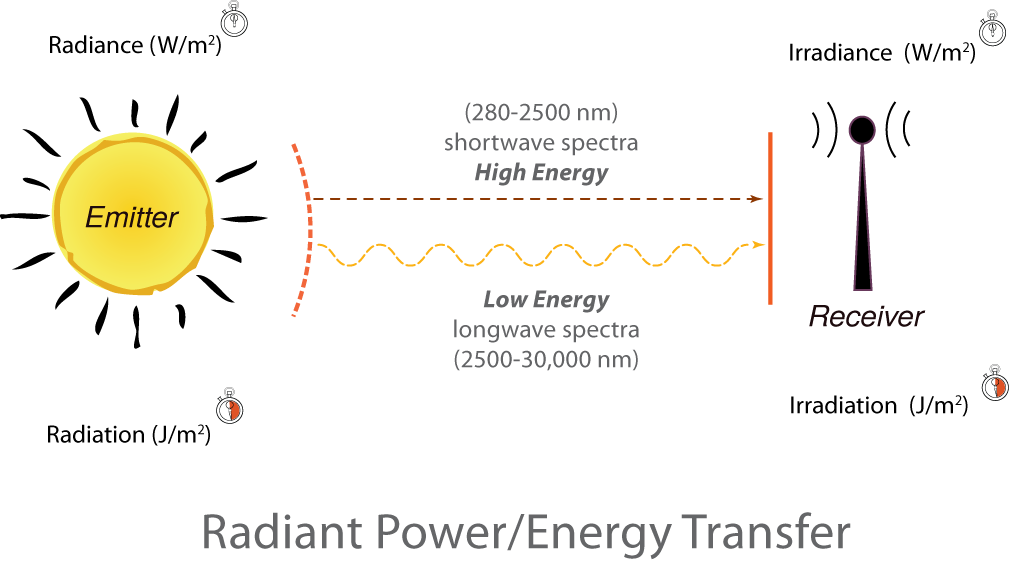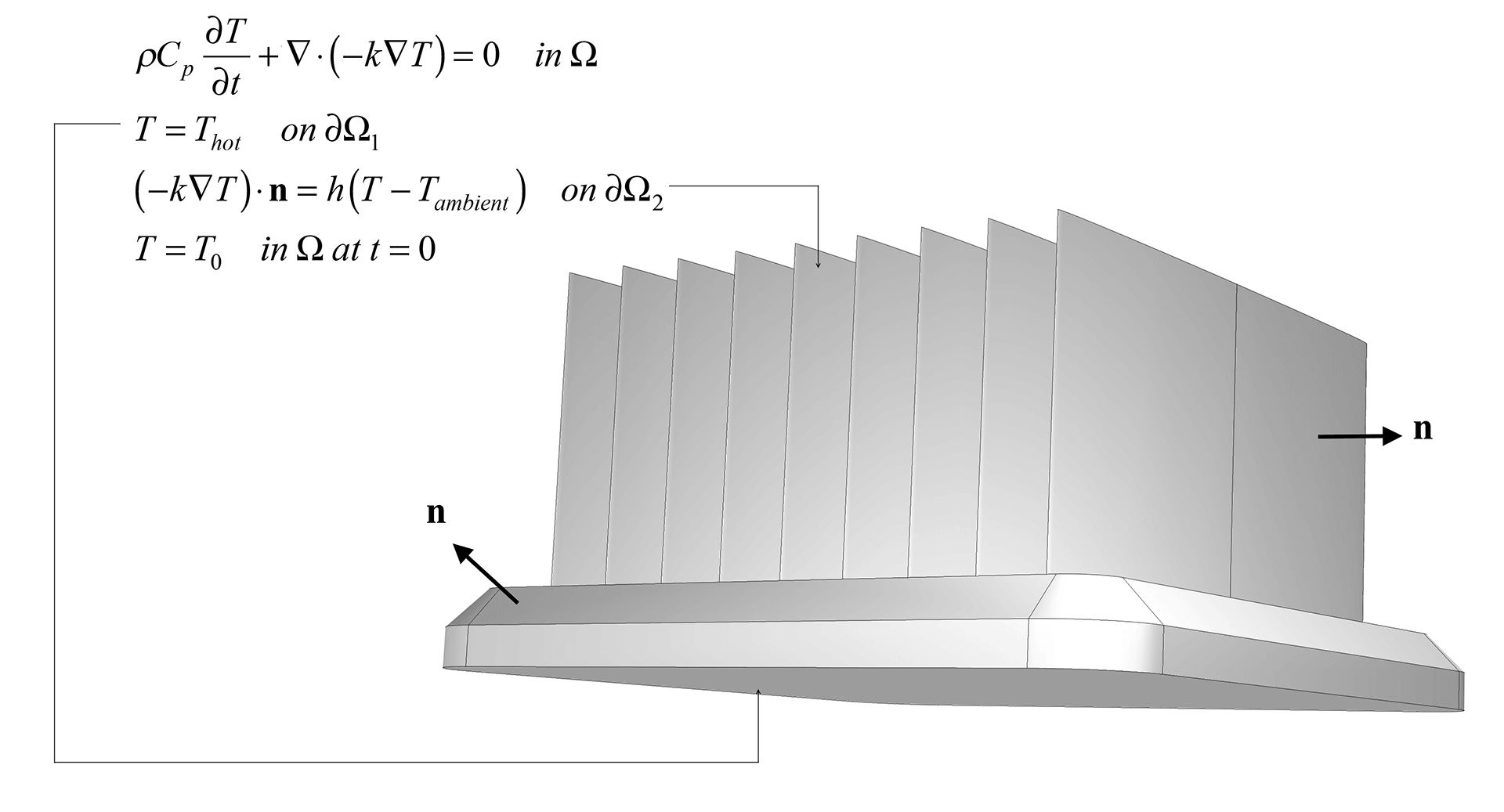

The Ultimate Heat Sink (UHS) of a nuclear power plant is a complex cooling. Electric power sector emissions also decreased 10%, reflecting both a slight decrease in demand from the COVID-19 pandemic and a continued shift from coal to less carbon intensive natural gas and renewables. improvements to your radiators to improve the efficiency of the heat pump, or if you are installing radiators or underfloor heating for the first time. performed in much less time and for considerably less cost than the original. This decrease was primarily due to a 13% decrease in transportation emissions driven by decreased demand due to the ongoing COVID-19 pandemic.

#Time sink energy driver#
The primary driver for the decrease was an 11% decrease in CO 2 emissions from fossil fuel combustion. Emissions decreased from 2019 to 2020 by 11% (after accounting for sequestration from the land sector).

greenhouse gas emissions totaled 5,222 million metric tons of carbon dioxide equivalents after accounting for sequestration from the land sector. Overview of Greenhouse Gases and Sources of Emissions EPA also collects greenhouse gas emissions data from individual facilities and suppliers of certain fossil fuels and industrial gases through the Greenhouse Gas Reporting Program. government agencies, academic institutions, industry associations, consultants and environmental organizations. In preparing the annual emissions inventory report, EPA collaborates with hundreds of experts representing more than a dozen U.S. The national greenhouse gas inventory is submitted to the United Nations in accordance with the Framework Convention on Climate Change. The gases covered by the Inventory include carbon dioxide, methane, nitrous oxide, hydrofluorocarbons, perfluorocarbons, sulfur hexafluoride, and nitrogen trifluoride. This annual report provides a comprehensive accounting of total greenhouse gas emissions for all man-made sources in the United States, including carbon dioxide removal from the atmosphere by “sinks,” (e.g., through the uptake of carbon and storage in forests, vegetation, and soils) from management of lands in their current use or as lands are converted to other uses. Greenhouse Gas Emissions and Sinks since the early 1990s. Greenhouse Gas Inventory Report ArchivesĮPA has prepared the Inventory of U.S. Energy formula that determines the moving times of sink based on residual energy of sensor nodes is proposed in this work. Relationship between the GHG Inventory and the Greenhouse Gas Reporting Program.Greenhouse Gas Reporting Program (GHGRP).Stakeholder Webinar: Waste Sector Data and Methodology in the Inventory.Natural Gas Systems Data in the Inventory The system is fitted directly underneath the sink and just requires a cold water feed and standard 10 Amp 240 power point to operate.


 0 kommentar(er)
0 kommentar(er)
